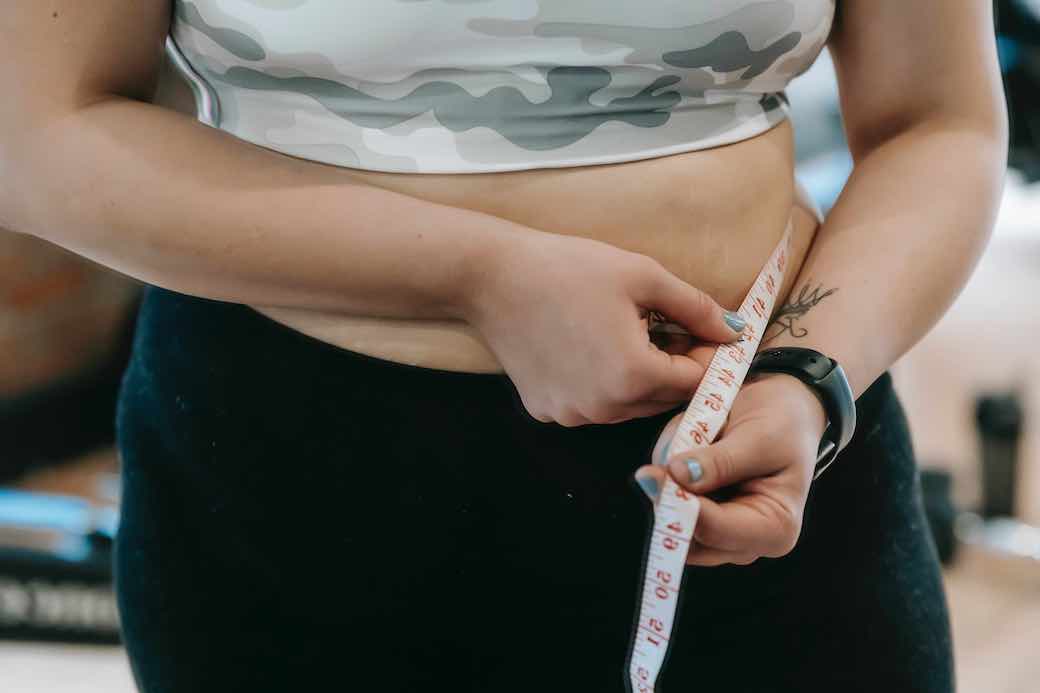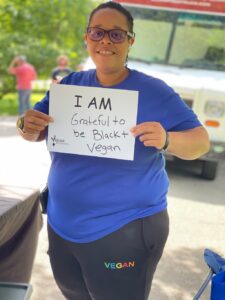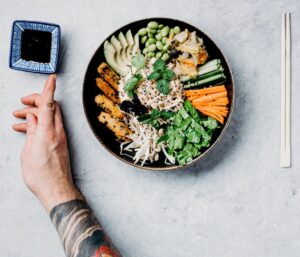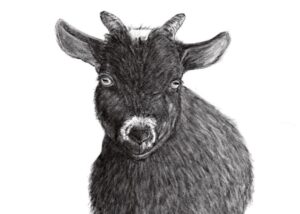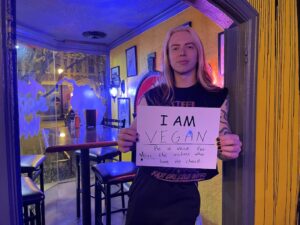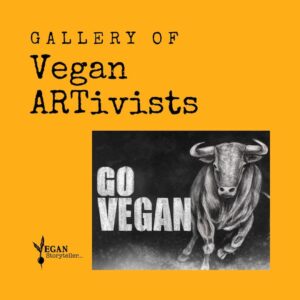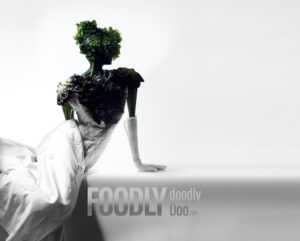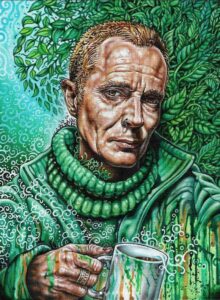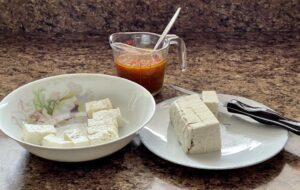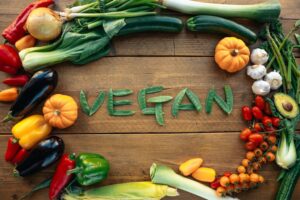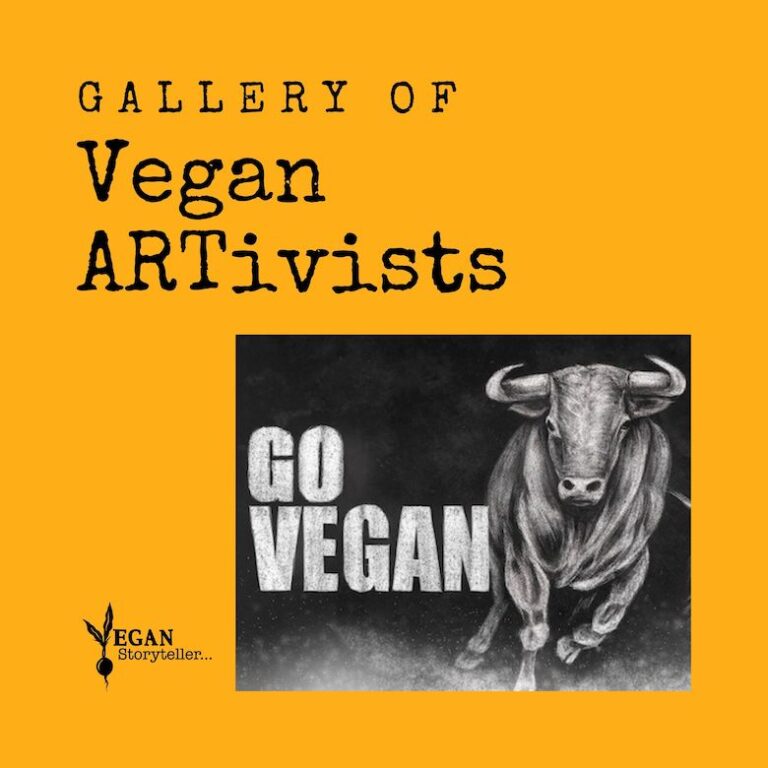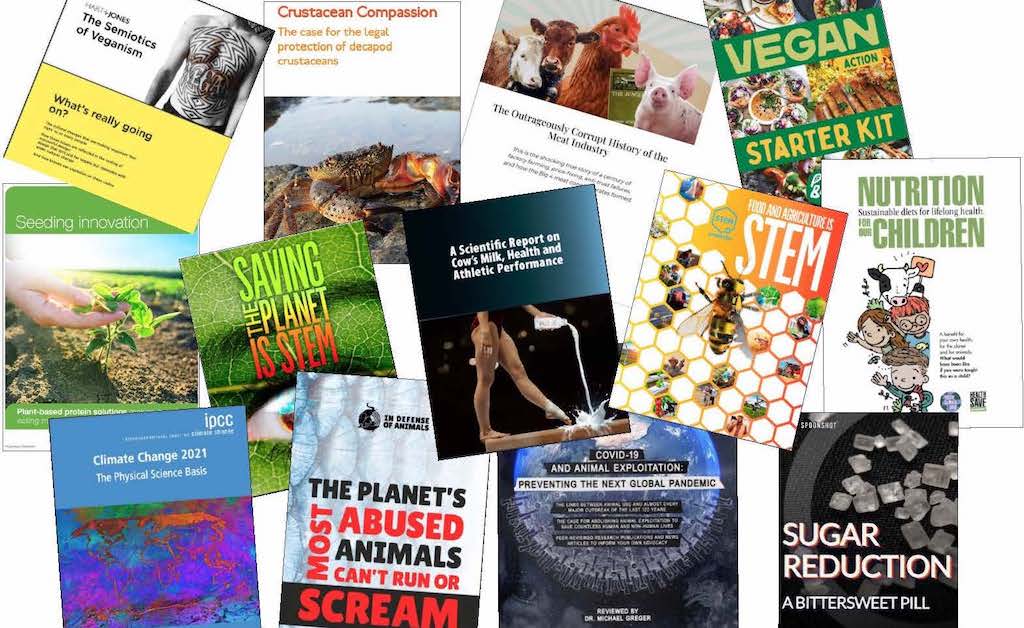By Ruha Thevi
In our previous article “Weight Loss and Weight Management: the Five Pillars of Health,” we talked about the importance of developing healthy food and lifestyle habits. Real and everlasting health is not just about food; it is not just about exercising. Holistic health is about managing the 5 Pillars of Health. These are:
- water intake
- healthy food intake
- physical activity and exercise
- stress management
- sleep
Most of you who are reading this article have already experienced the 5 Pillars of Health, with our simple and yet life-changing Nutrition Exercise. By now, you should already know and feel that by simply managing these 5 aspects of our life, you can really make your body stronger and healthier to ultimately prevent and even reverse disease. In the process, naturally and without any specific efforts, you will achieve your ideal body weight or healthy body weight.
We mentioned that the #1 reason why most weight-loss programs fail is that they are stand-alone weight-loss programs. They focus exclusively on weight, and they do not allow us to balance the 5 Pillars of Health. As a consequence, we can never achieve real everlasting health with a “weight-loss-program.” In a puzzle where some pieces are missing, you just cannot see the whole picture!
Weight loss targets can be achieved, and will be long-lasting, only when we take care of all the 5 Pillars of Health. On the contrary, if we put our focus only on food, or on exercise only, or when we focus singularly on any other Pillar in the family of the 5 Pillars, we will never achieve holistic health. And any apparent success that we think we have achieved – for example a weight-loss – will be nothing but temporary success, and we will be doomed to put our weight back on, sooner or later.
Why crash diets fail
In this article we focus on the #2 reason why “crash-diets” fail. And that is because we do not understand how our body works, and what we “really” need to do to make our body lose weight, happily and effectively. Yes, happily and effectively.
So, once again, why do we give up on diets? Because in our mind we think that “to lose weight, we need to eat less food.” We think that to lose fat, it is necessary go hungry and starve. As an inevitable consequence of this erroneous thinking, any weight-loss program turns into torture! And nobody likes to be tortured.
Let me reassure you. Today you can change that. All it takes is some basic knowledge of the body’s natural weight-gain and weight-loss process, and some very basic food-awareness.
First things first: weight-loss and weight-gain do not depend on the amount of food we eat. They depend on the amount of calories that we eat. In other words, I can eat every day huge amounts of food (the right type of food), keeping myself happy and my belly full at all times, and I can still easily lose weight. While someone else might be fighting with crazily small portions (of the wrong food), hungry and angry, and still keep putting on weight. Do you want to know how that is possible? Let’s learn the basics.
Measuring our energy in calories
Our body is a living system. Just like any other system, in order to stay alive and keep functioning, it requires a certain amount of “energy.” This energy allows our brain to work, our lungs and heart to pump, our organs to function, our body to grow – we basically stay alive and do not die.
A “bigger” body will require more energy for survival. A smaller body will require less. On top of this basic survival amount of energy, depending on our individual lifestyle and on how physically active each of us is, the body will require extra energy to fuel our muscles. So, a person with a sedentary lifestyle, spending a lot of time sitting at a desk, will need little or no extra energy.
On the contrary, a person who is very active and whose job involves physical labor, or someone who exercises a lot, will need much more extra energy to fuel the body. We call “Daily Energy Requirement” the total amount of energy that our body needs in a day (survival energy and the extra energy to fuel our muscles).
The unit of measure of energy is the calorie. So, now we can upgrade our vocabulary. We say that a person with a sedentary lifestyle requires “less calories” (less energy), hence has a lower “Daily Calorie Requirement.” A person who is very active requires more calories and, hence, has a higher “Daily Calorie Requirement.” The table below, for general reference only, shows the “Daily Calorie Requirement” of different people, based on their body size and their lifestyle. Can you roughly recognize yourself in it?
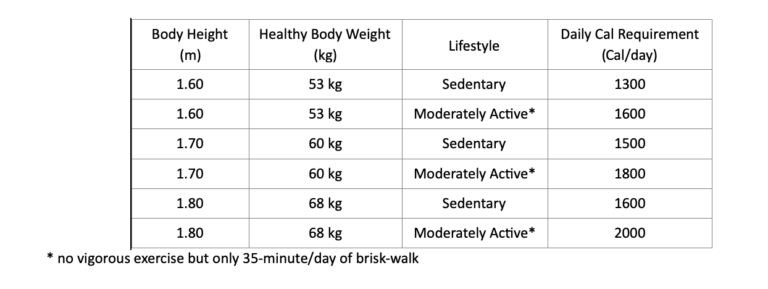
Where to get calories for optimal health
Now that we understand calories, we need to see where we can get them, and how. Our primary and most important source of energy is, of course, food. Just like petrol to a car, food is fuel to our body. The purpose of eating is to deliver to the body the amount of energy (calories) that it requires for the day.
But what happens when we do not eat for the body, but only for pleasure? What happens when, with our food, we deliver more calories than the body needs for the day? The body will still accept this extra energy – you do not say no to energy – but will store it away, in the form of fat, to be used in case of future emergency. When we follow bad food-habits and deliver to our body, every day, more calories than it needs, the body will keep storing this extra energy in the form of fat, and we end up putting on weight. Can we reverse this? Yes.
We need to put the body into an “emergency” situation – that we call “calories deficiency” – by which in a day we deliver to the body, in the form of food, less calories than the body needs. For example, say that our Daily Calorie Requirement is of 1800 calories/day, but we deliver to our body only 1500 calories. We have just put the body into “emergency mode.” At this point, since there is not enough energy available from food, the body will have no way but to go back to the “energy warehouse” (fat) and start burning the extra fat that had been previously stored.
This is our secondary source of energy – what we call “food from no food.” If we are able to keep this going for a certain period of time – 1 week, 2 weeks, 1 month – we will experience a decrease in fat, and as a consequence, weight loss. For reference, if we can just put our body into “calorie deficiency” by just 450 calories per day, we can lose up to 1.5 kg (3 pounds and 5 ounces) of fat in a single month!
Calorie density of food
This sounds amazing, but it would also raise a big question: how can we deliver less calories to the body (so our body can burn fat), without going hungry, without counting calories, and still guarantee full nourishment to our body? Everything is possible. We do not need to count calories; we just need to develop some “calories-awareness.” In other words, know our food.
The chart below is showing us the “calorie density of food.” The idea is that different types of food, in the same given amount, will deliver to our body different amounts of calories.
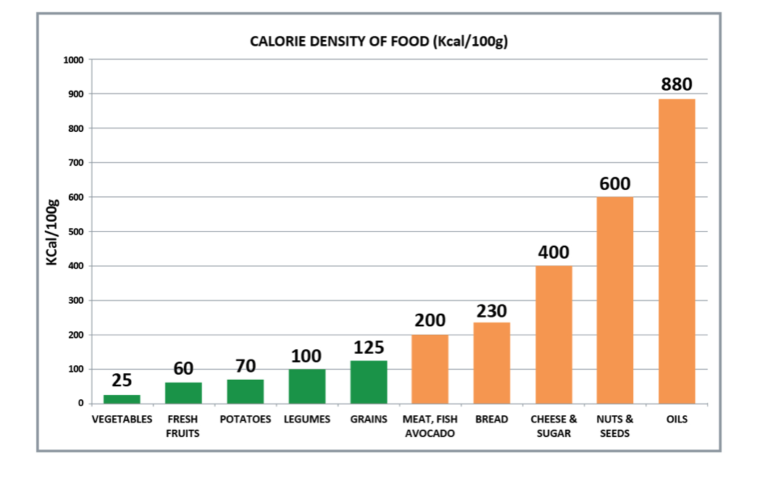
Types of calories and portions matter
So, for example, if we eat 100g of fresh vegetables, that would be a different amount of calories compared to that of 100g of cheese or sugar. In fact, 100g of cheese or sugar would deliver 400 calories, which is the equivalent in calories of 16 portions of fresh vegetables, or 1.6 kg. In the same way, 3 tablespoons of oil (40-50g) would deliver approximately 450 calories, which is equivalent to the calories of 18 portions of fresh vegetables, or 1.8 kg.
That is to say, if we want to lose weight, we do not have to reduce the size of our salads. On the contrary, we can feel free to increase it. But we do need to eliminate the oil on the salad, or the mayonnaise, or any other sugary or oily dressing. Because as we have just seen, those 3 tablespoons of dressing alone, contain more calories than the whole bowl of vegetables!
When we eat a medium-size doughnut (100g) – which is very small, it does not fill our stomach but contains high amounts of oil and sugar – we are delivering to our body 500 Calories already (see how easy it is to reach the “Daily Calorie Requirement” and to put on weight, with just a bite of the wrong food?).
But if we say “no” to the doughnut and we choose fresh fruit instead, we could eat 300g of fruit, which is a nice, refreshing and filling snack, and that would be only 180 calories (see chart above and try the calculations for yourself!), leaving a lot of room (Daily Calorie Requirement) for more low-calorie food during the rest of the day.
Choose foods wisely and weight takes care of itself
For a healthy diet and any happy weight-loss program, we do not need to become nutritionists. We do not need to enter the kitchen or sit at the dining table with a calculator. All we need to do is understand the chart above, and choose only the foods on the left-hand side of the chart, those highlighted in green: fresh vegetables, fresh fruits, potatoes (regular potatoes, sweet potatoes), all kinds of legumes and beans, all kinds of grains. These are literally all-you-can-eat types of food: they will fill our stomach, while keeping the calorie count to the minimum. With these, we will never have to count calories again! Because they will fill our stomach long before we can even reach the energy-limit imposed by our “Daily Calories Requirement.”
To give you a better idea of what this looks like, let’s change the perspective. Above, with the calorie density chart, we saw how many calories we can get from a fixed portion of food. Now, we will see how much food we can get for a fixed amount of calories. Check on the illustration below. It shows the different quantities of food we should eat, to deliver 400 calories to our body.
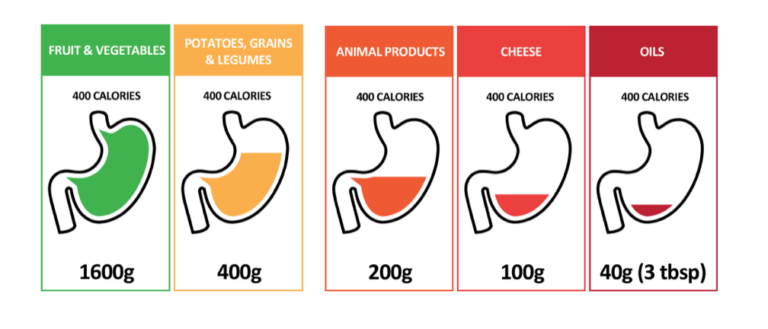
How to keep calories down
Let’s see the extreme examples here. When you look at the oils – in red, above – you see that it is just so easy to reach the 400 calories. All it takes is a few little spoons. Fried, oily, greasy foods belong to the same group: they contain a lot of oil, butter, ghee and other fats. And they will bring up the calories count, without filling our belly, and leaving us hungry!
On the contrary, when we eat fresh fruits and vegetables (without oils), it would be almost impossible to reach those 400 calories: who eats 1.6 kg of vegetables?
Of course, that does not mean we need to eat like cows or goats do. We can eat our fresh vegetables, and mix with them some potatoes, for example. That would make the flavor much more palatable. We can even put our own “smart” dressing.
Do not use olive oil, but add olives to your salad. The Oil is already in there. Do not use mayonnaise, but a quarter of an avocado with a sprinkle of lime or lemon. This will keep the calories down, and ad the same time give good nourishment, with a creamy texture and buttery flavor. Do not use seeds oils, but sprinkle a tablespoon of ground chia or flaxseeds to your salads and foods. They already contain all the good fats the body needs, in the right amount. Do not fry or stir-fry your food in oil, but choose alternative cooking methods: steaming, baking, or boiling.
Calorie awareness, not calorie counting
So, from today on, only calorie-awareness and no more calorie-counting! More of the right foods (left-hand side of the chart) and less of the wrong type of food (right-hand side of the chart). More of the natural foods, less of the processed food. More of the raw, steamed, baked and boiled food, and less of the fried, greasy and oily foods! More of plain water and fresh fruits, and less sugary drinks and snacks!
One more thing these natural fresh foods have in common is: they contain plenty of water and plenty of fiber. They are rich in all the good carbs, good proteins and good fats that our body requires. They are packed with all the vitamins and minerals that we need in our diet. Full nourishment, guaranteed! With this type of food, who needs supplements anymore? Looks like Mother Nature has just made us save a bunch of money!
By combining the principles of the “5 Pillars of Health” and the “Calorie Density of Food,” you will now be able to forget about stressful diets or weight-loss programs, and you will be able to achieve real, everlasting, holistic health. Where a “healthy weight” and a “lean body” will be basic features that already included in the package!
Ruha founded the movement “Nutrivolution” and is the author of Naturally Dietstyle.
Protein abundance in the plant-based diet
The subject of proteins and, more specifically, of “protein content in our food” has always fueled arguments and disagreement between the omnivore and plant-based communities. In fact, the fear of not getting enough proteins in the diet might well be the #1 deterrent that prevents most people from switching to healthier plant-based eating.
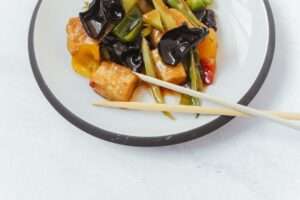
Read next: two key questions that generally go unanswered and create confusion: 1. Are plant-proteins as good for our body as animal-proteins? 2. Can a plant-based diet deliver enough proteins?

